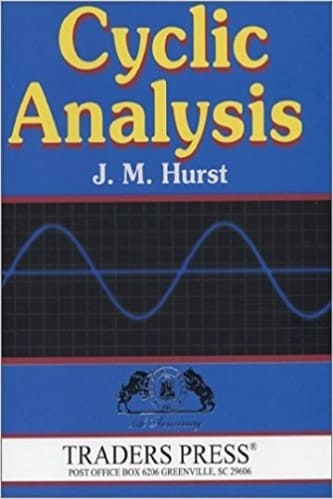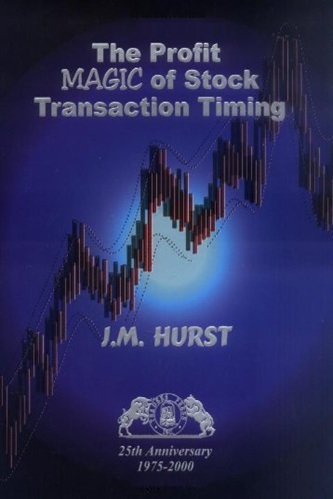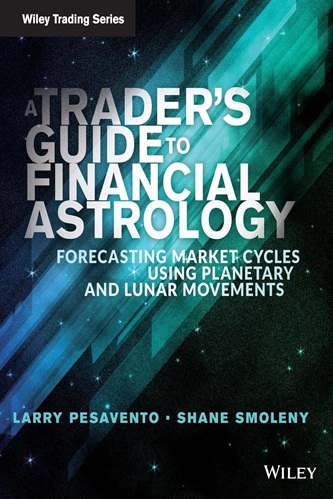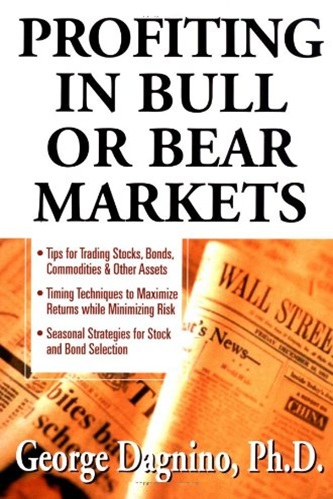Yes, You Can Time the Market!
$10.95
| Author(s) | , |
|---|---|
| Pages |
205 |
| Format |
|
| Publication Year |
2003 |
In Yes, You Can Time the Market, Stein and DeMuth show investors simple, readily available measurements that tell them when it’s time to invest in stocks, bonds, real estate, or cash. Written for the investor who wants to preserve capital and build wealth steadily, this book offers prudent, bedrock advice for anyone who can no longer afford to play games with their money.
Introduction:
Market Timing is the concept that there are some times when indicators that can be read at the time say it is a better time to buy or sell than other times. Market Timing is the notion that an investor can look at certain data and have an idea, a good idea, that the market is overpriced or underpriced and is likely to go down or go up.
Now, at one level, it is simply preposterous to say that there should be and can be no Market Timing. After all, what moves the market every second of every day is a huge number of buyers and sellers deciding to buy or sell, sometimes buy and sell, that day. Usually, though far from always, they are buying individual stocks. But on many other occasions, they are buying indices or baskets of stocks second by second, altogether by the billions of shares every day.
In the aggregate, what is happening every day is that the mass of investors and speculators are Market Timing every second of every day. Obviously, they are making decisions about what to buy and sell and when to sell and buy it. This is, in itself, MarketTiming.
Contents:
- The Impossibility of Market Timing
- The Power of Price
- The Price/Earnings Ratio
- Dividend Yields and Market Timing
- Fundamental Value
- Bonds, Price-to-Cash Flow, Price-to-Sales
- Combining Factors for Superior Returns
- Using Market Timing
- Looking Forward: A Note of Caution
Yes, You Can Time the Market By Ben Stein and Phil DeMuth pdf
13 reviews for Yes, You Can Time the Market!
Clear filtersOnly logged in customers who have purchased this product may leave a review.










Michelle Powell (verified owner) –
Good advice from Ben and Phil. Yes, valuation does matter so you should take it into account when investing. i don’t think it ever makes sense to go “all in” or “all out” of the market, but you can adjust your allocations based upon relative valuations. This book provides metrics and how to determine whether the market is pricey or not.
How often have you heard pundits say “Don’t try to time the market” and in the very next sentence they say “make sure you take valuation into account”. Contradictory statements.
Elina Esquivel (verified owner) –
A good primer on analysis, moving averages, and cheap vs. expensive. There is a major hole in this book: When is it time to sell? You will find no analysis. Ben and Phil only make the case for when to enter a position in a S&P500 index fund, and when to avoid adding to the position. When the indicator suggests stocks are high, buy t-bills until the indicator changes.
If you use one of the timing indicators to put money in, what about taking it out, thereby avoiding a “reversion to the mean”? If you are only timing an entry and not an exit, you aren’t timing… So in my opinion, NO you can’t time the market (not by reading this book).
Hana Bautista (verified owner) –
There is some merit to this book. The authors highlight 4 buy signals. They say you can find these (updated) on their website, […]. But you can’t. S&P stopped publishing 3 of the indexes the authors rely on! Maybe you USED to be able totime the market, but it’s much harder now.
Kane Powers (verified owner) –
This timing is for when the total market is selling at higher than average total market prices. This timing will work, but it may take years for the timing to work.
Gatlin Rich (verified owner) –
I read this book years ago and passed it on to someone else, knowing that it would be the best investment book I could possibly give anyone.
Bennett Daniel (verified owner) –
i love ben’s books and have read them all and i find his simple straight foward approach quite easy to understand.
Sunny Neal (verified owner) –
Well written and well thought out. A pleasure to read. A book that any serious participant in the stock market should read.
Raul Barrett (verified owner) –
Very good. These concepts absolutely work, but you must be willing to be out of the market for long stretches. Basically they are looking at valuation methods that get you in while the market is cheap and have you sitting out when the market is expensive. You’d be sitting out a lot the last 20 years. The other relevant issue is that even if you buy at the right time, it will not really show up as a good time vs. a bad time for 10 or more years. That is because momentum persists in the short run and just b/c a market is expensive doesn’t mean it can’t get more expensive and vice versa.
Bridger Griffith (verified owner) –
Great advice with historical data to support it. Stop buying into the Efficient Market theory and the gasbags on CNBC. Read this book and have your eyes opened.
Alicia Pruitt (verified owner) –
The idea behind the book is intriguing but the presentation is repetitive and monotonous. A little humor helps move things along, but the main idea and the facts to back it up could be pared down to less than twenty pages.
Joziah McCullough (verified owner) –
this what got me interested in market timing but unfortunately I can’t find a 15yr. moving average.
Joy Johns (verified owner) –
Market timing is impossible. Empirical data and many research papers have shown that you cannot time the market with any reliability. This book is trash. Read A Random Walk Down Wall Street, instead.
Kendall Payne (verified owner) –
Good read and advice works